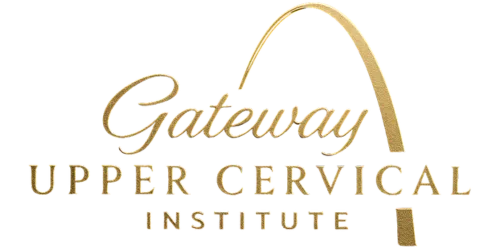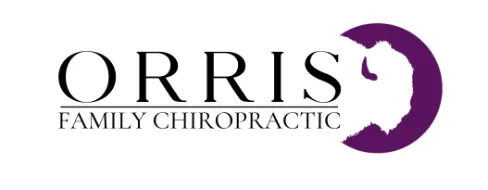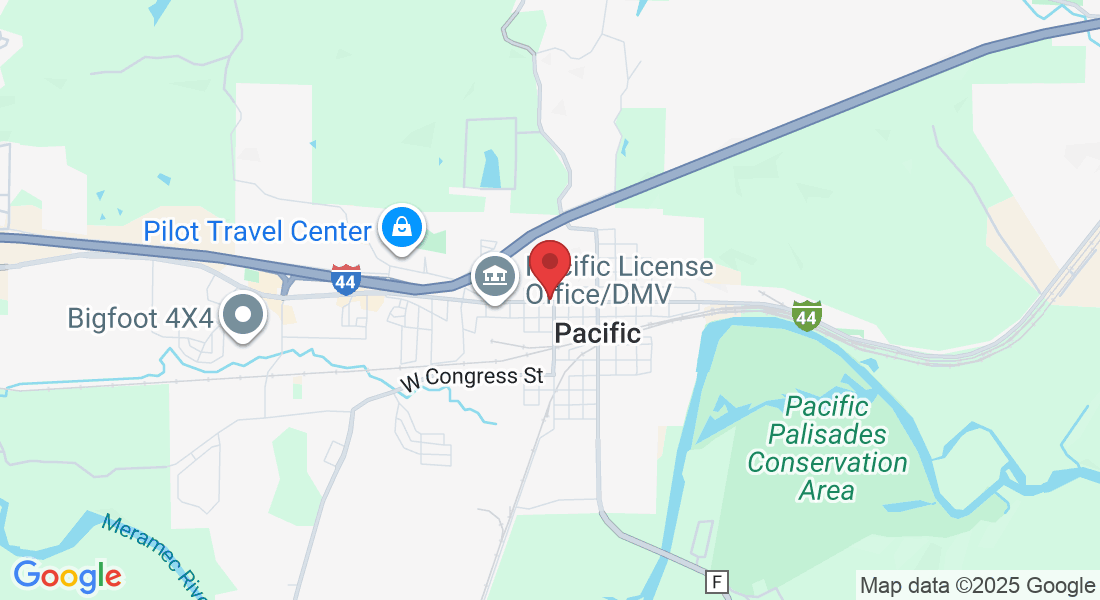TMJ Dysfunction & Jaw Pain
When jaw pain, clicking, or tension won’t go away — the problem may start where the jaw meets the neck.
TMJ (temporomandibular joint) dysfunction occurs when the hinge that connects your jaw to your skull stops working smoothly. It can cause pain, stiffness, popping, or locking — often made worse by stress, chewing, or clenching.
Common Symptoms Include
Clicking or popping when opening or closing your mouth
Jaw tension, tightness, or spasms
Pain in the jaw, face, or around the ear
Headaches, especially at the temples
Neck stiffness or upper shoulder tension
Ringing in the ears, dizziness, or facial pressure
For many people, TMJ issues develop gradually — often after dental work, clenching, trauma, or whiplash — and can persist even when dental, bite, or muscular treatments only bring temporary relief.

Why the Upper Neck Matters in TMJ Dysfunction

The jaw doesn’t function on its own — it’s part of a delicate system involving the skull, upper neck, and nervous system.
The atlas (C1) and axis (C2) vertebrae sit directly beneath the skull and influence how your head, jaw, and muscles align. Even a slight misalignment at this level can:
Shift the position of the jaw joint (TMJ), creating uneven pressure during opening and closing
Tighten muscles that connect the jaw, head, and neck
Irritate nerves that control chewing and facial sensation
Disrupt blood flow and proprioceptive feedback between the jaw and brainstem
In short, if the foundation (your neck) is off, the hinge (your jaw) has to compensate — often leading to chronic dysfunction and pain.
How Upper Cervical Care Supports TMJ Relief
Rather than forcing the jaw into position, we address the structural balance between the head and neck that allows the jaw to move freely again.
Our approach includes:
Precision Imaging: Detects even the smallest upper cervical misalignments that may be affecting jaw motion.
Gentle, Sound-Wave-Based Correction: No twisting or cracking — just precise adjustments designed to restore alignment and relieve pressure at the brainstem.
Neuromuscular Recalibration: Once alignment is restored, jaw muscles relax naturally and tension eases without mechanical force.
Co-Management: We often coordinate with dentists or TMJ specialists when bite therapy or night guards are part of a broader solution.
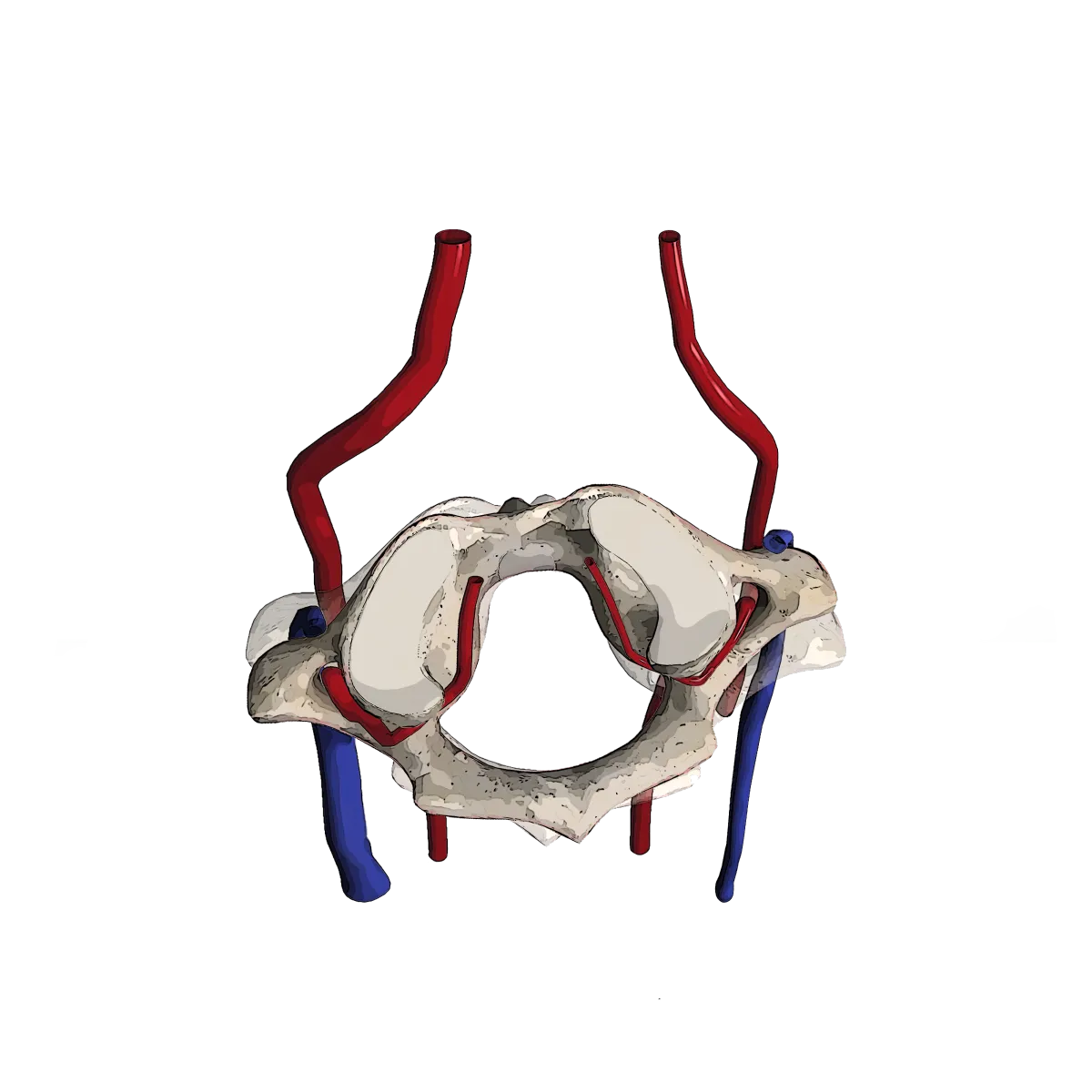
Let's take care of this jaw pain!
What Makes Our Approach Different
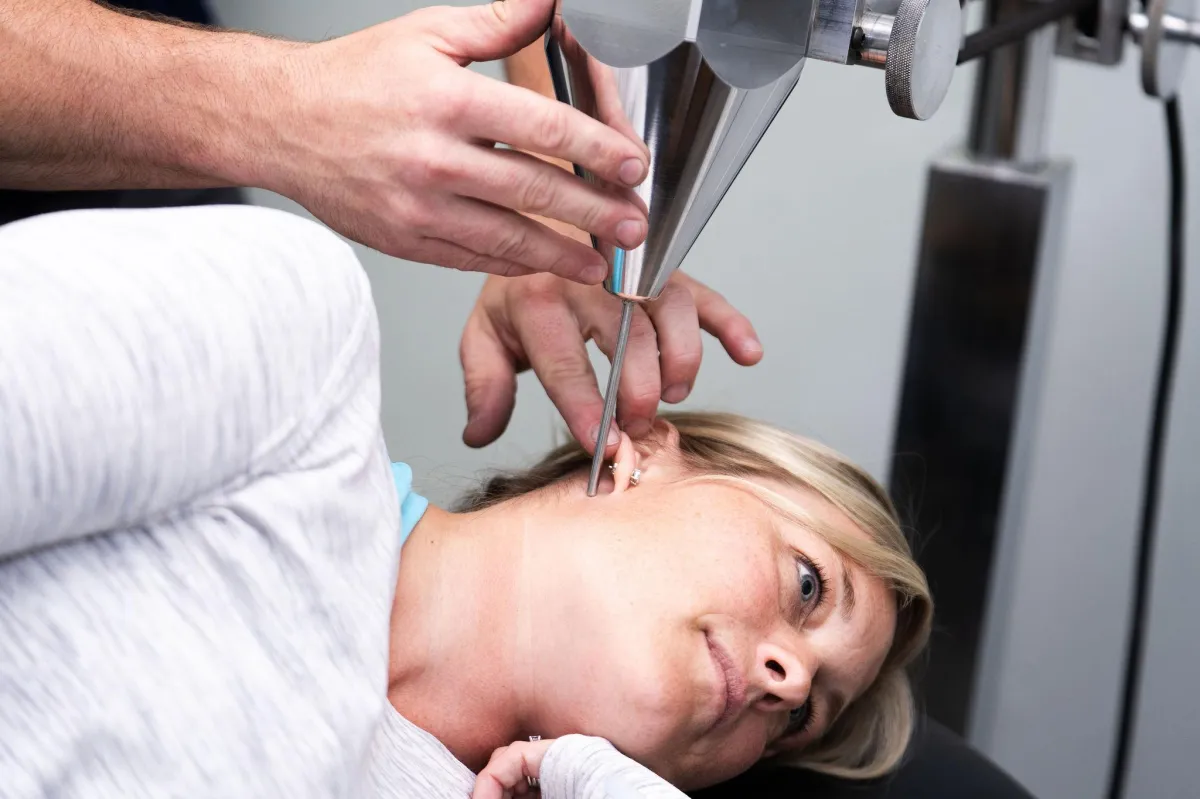
At Gateway Upper Cervical, we use a measurement-driven, Advanced Orthogonal approach designed to be gentle, reproducible, and long-lasting — no twisting, popping, or cracking.
The goal isn’t to move your neck a lot — it’s to move it precisely so it can hold.
Precision X-Rays
Advanced imaging to detect subtle misalignments other scans overlook.
Measurements customized to your exact anatomy.
Clear before-and-after comparisons to verify results.
Precision Correction
Calculated angle, vector, and depth based on your X-rays.
Gentle, sound-wave-based adjustment — no torque or forceful motion.
Designed for stability so your correction holds longer.
Precision Results
Verified improvement in alignment and balance.
Fewer headache days, less intensity, shorter duration.
Real-life outcomes: clearer focus, steadier energy, and more normal days.
Is This Right for You?
You may benefit from upper cervical care if:
You have chronic TMJ pain, tightness, or popping that hasn’t improved with standard care.
You clench or grind your teeth, especially under stress.
You’ve had a head, neck, or whiplash injury before jaw pain began.
You have overlapping symptoms like headaches, vertigo, or ear fullness.
You prefer a gentle, precise, and structural solution over forceful manipulation.

What to Expect At Gateway Upper Cervical Institute

Comprehensive Evaluation: We assess jaw movement, neck alignment, posture, and nerve function.
Precision Imaging: Advanced upper cervical X-rays identify how misalignment may be affecting jaw mechanics.
Correction: A gentle, Advanced Orthogonal-style correction restores balance between the head, neck, and jaw.
Stability Plan: We monitor how well your correction holds and collaborate with your dental or muscle-therapy provider for long-term stability.
For out-of-town guests, we offer a one-week Intensive Care Program with on-campus lodging options.
We don’t just go by how you feel — we measure progress.
Symptoms↓ — Less frequent, less intense, and shorter in duration.
Resilience ↑ — Fewer triggers, faster recovery.
Verified Change ✓ — Post-correction checks and imaging confirm improvement.
Frequently Asked Questions
Is upper cervical care safe if I’m sensitive to neck treatment?
Yes. Our method is extremely gentle and low-force — no twisting, popping, or cracking. In fact, with Advanced Orthogonal Technique, we use a very specific soundwave that is not even felt by the patient.
Will I need a lot of visits?
Not necessarily. The goal is to help your correction hold so you don’t need constant adjustments. Early on, we monitor more closely, then extend visits as you stabilize.
What if I’ve tried everything and nothing helped?
That’s exactly who we help most often... Even if you've seen other chiropractors. When the head-neck balance point is corrected precisely, people who’ve struggled for years often see real progress.
Do you coordinate with other providers?
Yes. We collaborate with primary care, neurology, PT, dental/TMJ, and vision/vestibular professionals to ensure a cohesive plan.
Is imaging always required?
Yes — precision is the point. Imaging allows us to calculate an exact, individualized correction that’s both gentle and effective.
Ready for less pain?
If nothing else has helped, a precise upper cervical correction may be the missing link.
Let’s find out together.
This page is for informational purposes only and not a substitute for medical diagnosis or emergency care.
Get In Touch
Email: [email protected]
Address
Office: 409 West Osage, Pacific, MO 63069
Phone Number:
(636) 271-2960
Visit Our Parent Company:
